It’s a late novel, published within a decade of his death, in 1880, after he’s had all the success of The Moonstone, The Woman in White, Armadale: the big novels. It was originally a play, performed once only in the 1850s. It was laughed off the stage. It was called The Red Vial and had a fairly uncomplicated poisoning plot. He shelved it and only late in his career decided to adapt it as a novel. It works really well: he fleshes out minor characters, creates subplots, plays down the staginess and gives characters realistic motivations.
It’s an interesting novel. It’s got lots of elements people will associate with the big blockbusters of the mid-century: strong, unusual women, murder plots, cloak and dagger mystery scenarios, and a great revelation scene in the Frankfurt dead house. It’s also a novel about strong women, Mrs Wagner and Madame Fontaine, and about middle-aged women. Many of his novels are about young people, young people trying to figure out what happened to their parents, why they’ve become disinherited, why their family name’s no longer their own, how they’re going to get out of a disastrous marriage. But this is about women who have done all of that, and are dealing with legacies, who are raising children, or looking after nephews. It’s an interesting departure in that way.

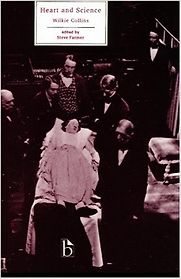

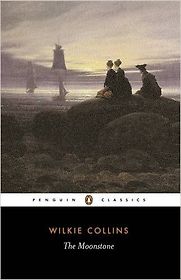
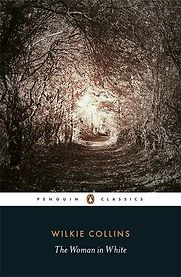


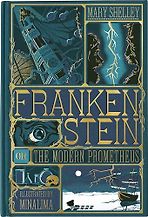


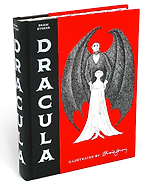
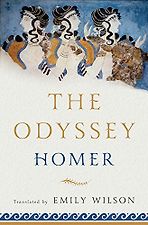
Commentary